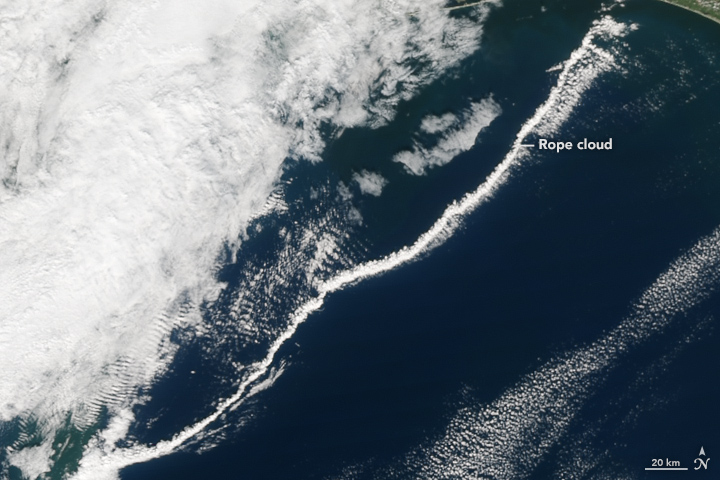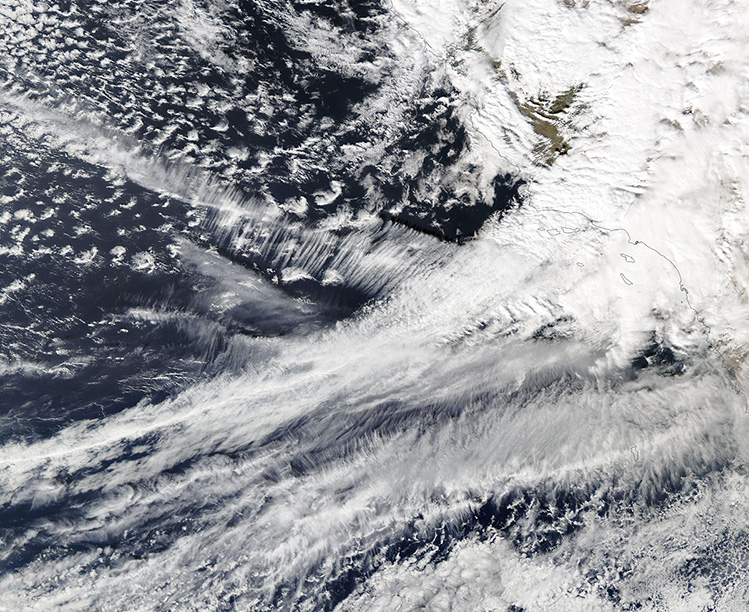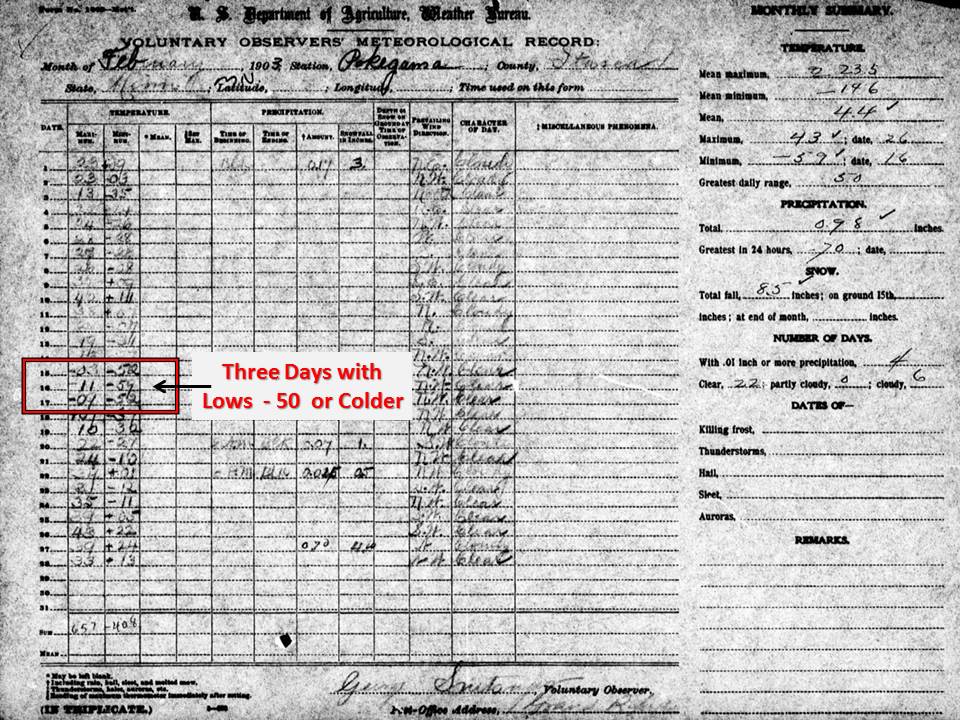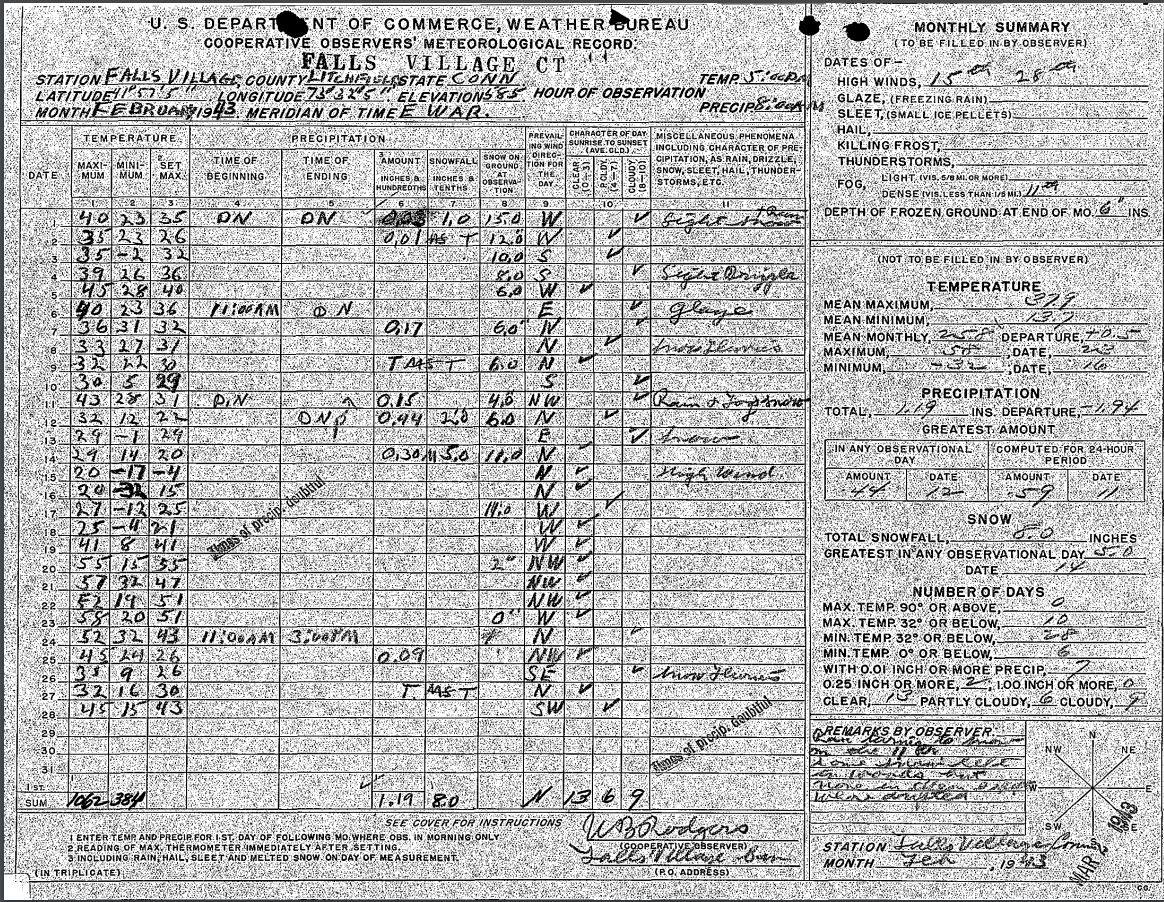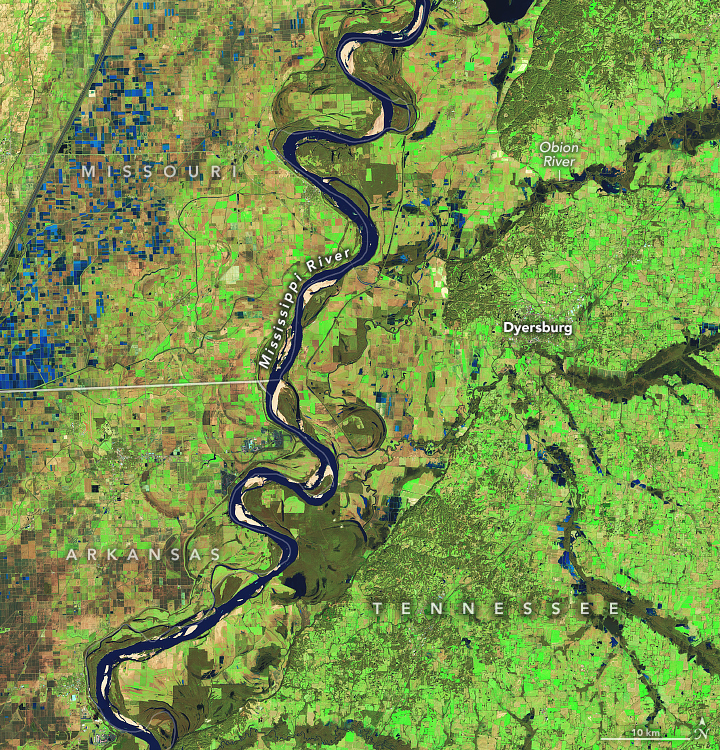1905: Freezing temperatures were recorded over the states of Oklahoma, Arkansas, Kansas, and Missouri. Morning lows of 29 degrees below zero at Gravette, Arkansas, 40 below at Lebanon, Kansas, and 40 below at Warsaw, Missouri, established all-time records for those three states.
The low temperature at Vinita, Oklahoma, plummeted to 27 degrees below zero. The temperature would be tied at Watts in January 1930 and Blackwell and Medford in February 2011. The negative 27-degree reading is cold enough to be the 2nd lowest temperature on record in Oklahoma. The coldest is currently 31 degrees below zero, recorded at Nowata on February 10, 2011.
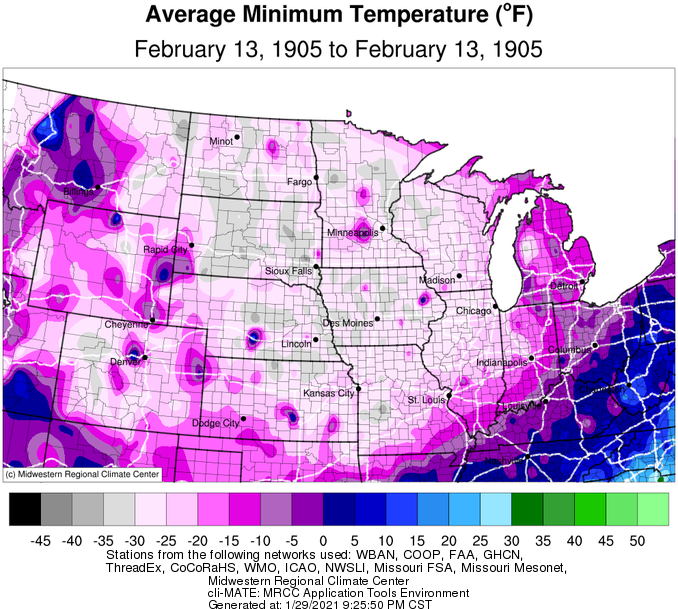
1995: A National Weather Service Survey Team concluded a weak (F1) tornado occurred at the General Motors Desert Proving Grounds facility in Mesa, Arizona. Moderate damage was observed. A roof was damaged, and about 20 vehicles were destroyed and moved around. One car was lifted, moved several feet, and set down inside a roped-off area containing solar exposure equipment. The tornado traveled northeast and lasted about five minutes. The image below is from the February 1995 Storm Data.

